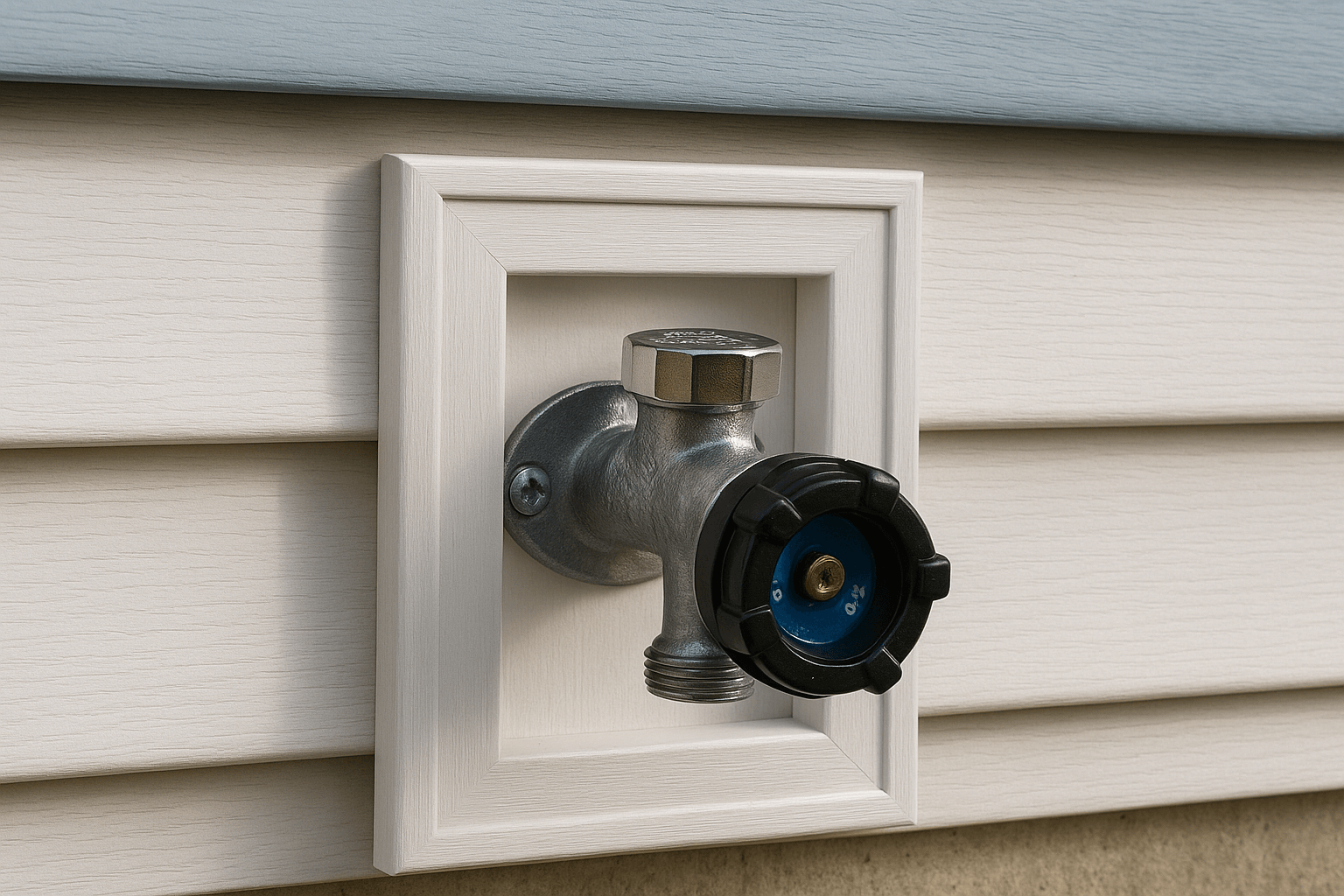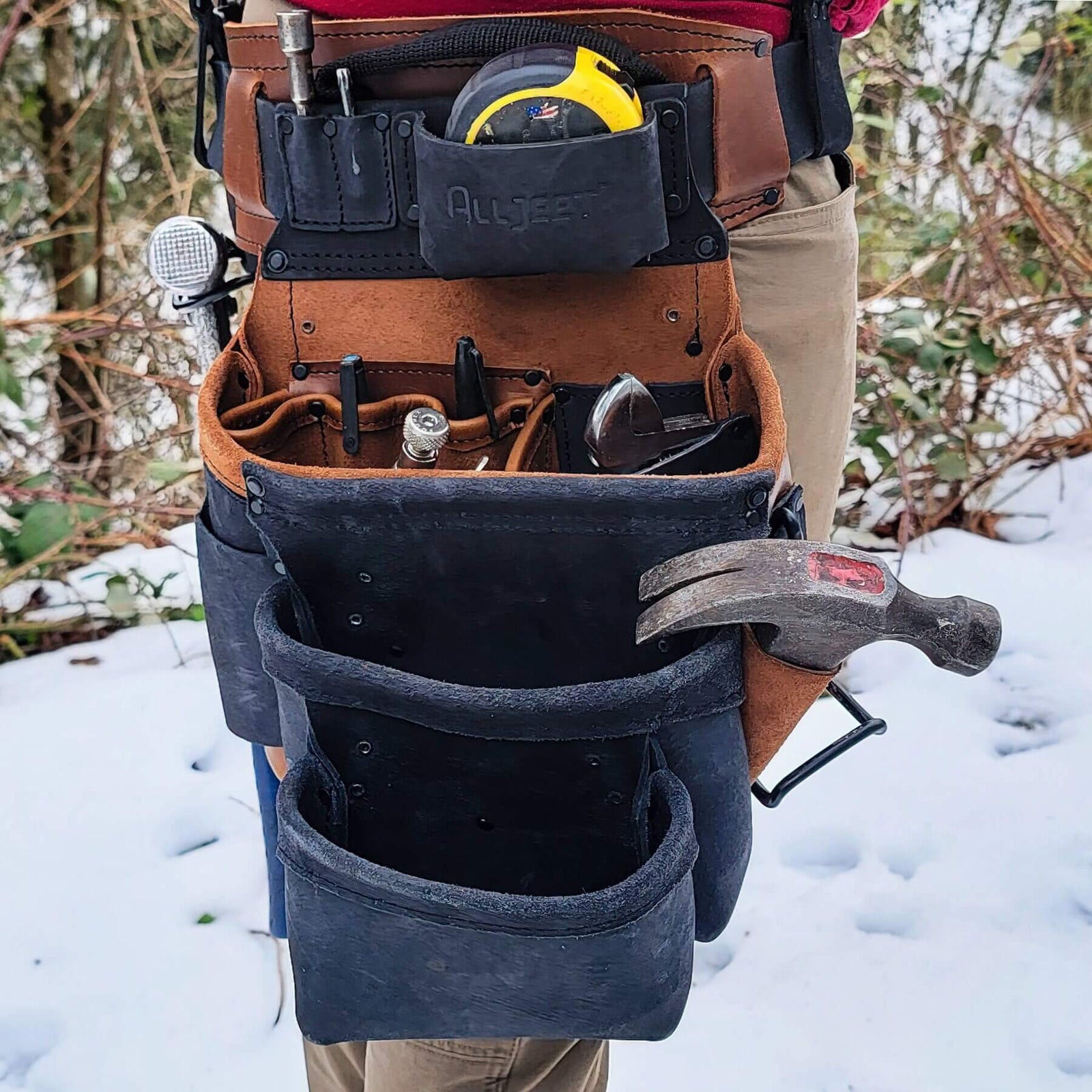How to Properly Fix a Pothole: A Science-Backed Guide
Potholes are more than just a nuisance; they are a sign of underlying issues in the integrity of your gravel driveway or road. Nobody enjoys a bumpy ride, but poorly fixed potholes can lead to wasted time, effort, and resources. Fortunately, by understanding the science behind potholes and following the right steps, you can ensure a durable repair that prevents the pothole from returning for a long time.
Why Simple Pothole Repairs Fail
Most people make the mistake of simply filling the pothole with fresh gravel, raking it flat, and calling it a day. While this might temporarily improve the surface, it’s a recipe for disaster. Here’s why this method fails:
- Compaction Issue: Potholes are formed by repeated traffic over weak spots in the surface, which causes the material in the hole to become highly compacted. This compacted material will not bond with new gravel, leading to rapid reformation of the pothole.
- Water Intrusion: Potholes often form because of water infiltration. If the base underneath the pothole is not repaired and properly compacted, water will seep into the gap, undermining the repair and causing the problem to resurface.
- Structural Weakness: Adding gravel without breaking up the existing edges of the pothole creates a weak boundary where the new material will quickly loosen under traffic.
The Science Behind Potholes and Repairs
To properly repair a pothole, you need to address the root causes: compaction, moisture, and boundary conditions. Here’s the science at work:
- Compaction and Void Spaces: Potholes are areas where the aggregate material (gravel) has shifted and compressed over time, leaving void spaces. These voids reduce structural integrity, making the area prone to deformation under traffic.
- Moisture and Erosion: Water infiltration weakens the soil or sub-base beneath the gravel. When water freezes, it expands, forcing the gravel apart. When it thaws, it leaves even larger gaps, which are exploited by repeated use.
- Load Distribution: Properly compacted gravel distributes the weight of vehicles more evenly across the surface. Potholes form when this distribution fails, often due to uneven compaction or insufficient bonding between layers of gravel.
By breaking down the existing material around the pothole and rebuilding it correctly, you’re essentially resetting the structure to ensure long-term stability.
How to Fix a Pothole the Right Way
Here’s a step-by-step guide to ensure your pothole repair stands the test of time:
-
Break Down the Edges
- Use a pickaxe, shovel, or another suitable tool to break up the compacted material around the pothole.
- The goal is to mix the compacted gravel with the surrounding loose gravel. This eliminates the hard boundary that would prevent the new gravel from bonding properly.
-
Excavate and Remove Weak Material
- Check the bottom of the pothole for soft or water-damaged soil. Remove any loose, wet, or weak material to prevent future erosion.
-
Rebuild the Base Layer
- Add a layer of coarse, angular gravel to the bottom of the pothole. Angular gravel locks together better than rounded gravel, creating a stronger base.
- Compact this layer thoroughly with a tamper or plate compactor. A properly compacted base is crucial for load distribution and stability.
-
Fill with Gravel Mix
- Fill the pothole with a mix of gravel that matches the existing driveway material. Make sure to overfill slightly, as compaction will reduce the height.
-
Compact in Layers
- Compact the gravel in layers, about 2–3 inches deep at a time. This prevents voids and ensures a tightly packed surface.
- Use a mechanical compactor or hand tamper for the best results.
-
Crown the Surface
- Shape the gravel slightly higher in the middle than at the edges. This "crown" helps water drain off the surface, reducing the risk of future potholes caused by standing water.
-
Prevent Moisture with Proper Drainage
- Ensure the surrounding area has proper drainage. Redirect water away from the driveway using ditches, swales, or gravel trenches to prevent water from pooling and infiltrating the repaired area.
Why Proper Compaction Matters
Compaction is the single most important step in pothole repair. Without it, the gravel will remain loose and shift under traffic, quickly recreating the pothole. Proper compaction achieves:
- Load Transfer: Compact gravel distributes the weight of vehicles evenly, reducing stress on weak spots.
- Bonding: By compressing the gravel, the particles lock together, forming a cohesive layer that resists deformation.
- Durability: Compacted gravel prevents water infiltration, minimizing the risk of erosion.
The Benefits of Fixing Potholes Properly
Taking the time to fix potholes correctly pays off in several ways:
- Cost Savings: Repairing potholes properly the first time avoids the expense of repeated repairs and prevents costly damage to vehicles and equipment.
- Long-Term Durability: Properly repaired potholes last much longer, saving time and effort in the future.
- Improved Safety and Comfort: A smooth, even driveway improves driving conditions and eliminates the jarring experience of hitting a pothole.
- Reduced Maintenance: By addressing the root causes of potholes, you reduce the frequency and scope of maintenance required for your driveway.
Bonus Tip: Regular Maintenance
Potholes are often a symptom of neglect. Regular maintenance of your gravel driveway, including periodic grading and compaction, can prevent potholes from forming in the first place.
Final Thoughts
Potholes may seem like a minor inconvenience, but if left unchecked or improperly repaired, they can lead to more significant problems. By understanding the science behind potholes and following a proper repair process, you can ensure a long-lasting, durable surface that stands up to the elements and traffic.
Remember: Don’t just fill the hole—fix the problem. A little extra effort now will save you time, money, and frustration down the road.
Watch the Video Below on our Youtube:





Leave a comment (all fields required)